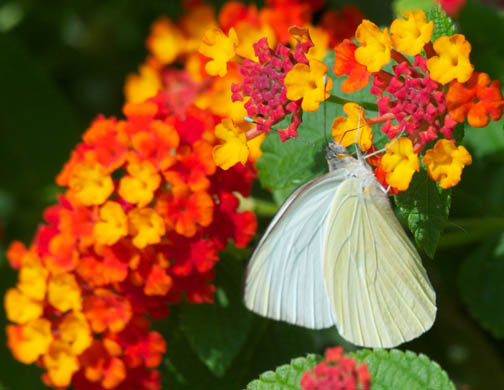Another beautiful sunny, mild morning
 |
| Sanderling and Ruddy turnstone |
One shorebird which is not always present on our beach is the Black-bellied plover. Obvious by his larger size alone, his whistling calls in flight add to evidence of his presence. The Black-bellied breeds in the high Arctic, but in winter it can be found along the coasts of six continents.
Several characteristics make this plover hard to misidentify in winter in spite of its rather drab plumage. The eye seems to stand out as oversized for its head. Once in breeding plumage, the eye will be hard to distinguish as it blends into the black mask, bib, and belly which is so distinctive. It stands out from other sandpipers on the beach as its bill is short and stout.
In flight, the armpits (or more appropriately wing-pits) are black, a feature not seen in the similar American and European golden plovers. The flight pictures I captured this morning show how evident these black patches are once the bird is in the air.
Later in the year, I will be sure to include another entry on the Black-belly once it molts into its very different breeding plumage. Stay-tuned……..





















































